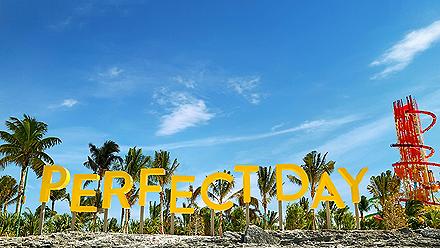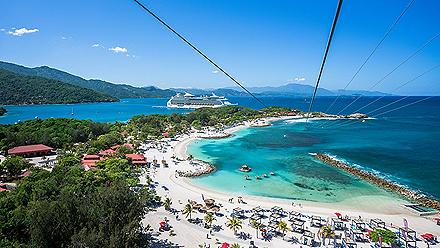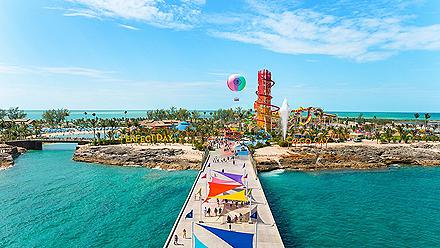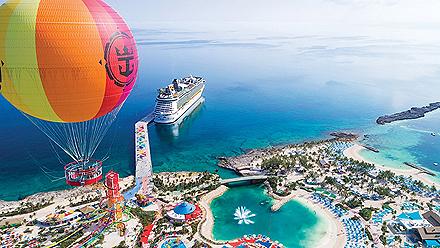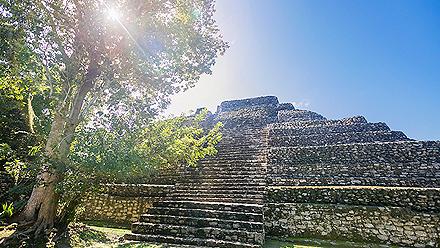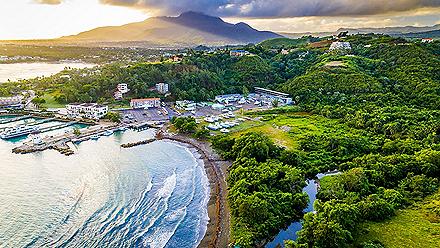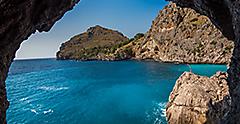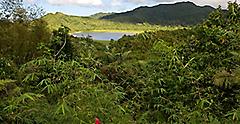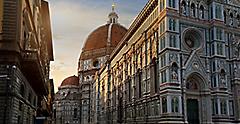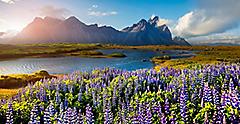Direct Trade Cacao Shakes Up The Chocolate Industry
By Mary Luz Mejia | Published on December 13, 2021
There's a huge difference between store-bought chocolate and bean-to-bar.
There's a world of difference between supermarket chocolates and a bar of bean-to-bar chocolate made with direct trade cacao. Changes in how chocolate is produced are spreading around the globe. You're literally in for a treat!

Chances are, your favorite chocolate bar is made by a brand that's familiar to most — which is not surprising since there's a handful of chocolate brands that dominate our consumption. But the world of chocolate, like the treat itself, is layered and rich. If you're not familiar with direct trade cacao (pronounced ke'kaw) or a bean-to-bar chocolate bar, it's time for you to become familiar.
Direct trade and the bean-to-bar movement are both aimed at keeping the production process streamlined: In direct trade, chocolate makers (often smaller craft companies) choose which farms they want to work with and buy directly from the source, eliminating middlemen and questions around quality. Conventional chocolate producers use a broker who buys commodity chocolate based on trading floor prices. There's a world of difference between the two in terms of quality and manufacturing.
Bean-to-bar chocolate bars are created by the same makers who took the time to source beans directly from the farmer. Consumers looking for a product that hasn't been over-manufactured and overtreated look at chocolate labels to discover makers' cacao sourcing methods. The ingredient list can be a tip-off as well: "Cacao" is the term used by fine or bean-to-bar chocolate makers; "cocoa," on the other hand, is the commodity and trading name for the product, created when cacao first came to Europe.
For those who love the deep, velvety, complex flavors of chocolate, a bean-to-bar creation is a game-changer. It's all of your most precious chocolate memories amplified, made sophisticated and less cloyingly sweet. Think of the evolution that's occurred in wine, craft beer or coffee, and how much better these are because producers took the time to craft something truly special with top-notch ingredients. Now apply that to the humble chocolate bar and you'll start to get a sense of what makes bean-to-bar truly the "food of the gods."
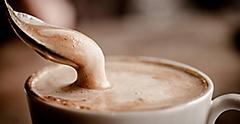
The Roots Of A New Industry Crop Up
To fully understand the difference between the store-bought stuff and bean-to-bar, direct trade cacao creations, you need to start by going back in time. According to archaeologists, Theobroma cacao, an ancient crop, was used in the Upper Amazon by the Mayo Chinchipe Marañon people dating as far back as 3500 B.C.
In Central America, ancient peoples drank freshly squeezed, fermented cacao pulp juice as well as beverages made with roasted cacao. These were bitter drinks rather than the hot chocolate we know and enjoy today.
You can thank Europeans for bringing cacao beans to royal courts, where the cacao was sweetened. Christopher Columbus first came across the precious beans during his fourth journey to the Americas. But it was years later when ground cacao was "discovered," by Hernán Cortés and the conquistadors, who invaded and conquered Mayan lands and Central America.
In 1528 cacao was brought back to Spain, where it took some time for the aristocracy to get used to its unique characteristics. The Spanish initially thought it was "fit for pigs." They've changed their tune since then!
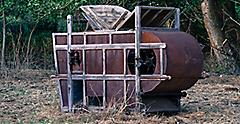
Chocolate Becomes Fashionable
A hundred years after the conquest, chocolate became "the" drink of royal courts throughout Europe, once it had become palatable with the addition of sugar, honey and eventually, cream. The demand for the delicious drink meant that cacao production made its way around the tropical world, the crop able to grow within a radius of about 20 degrees north and south of the equator.
Plantations spread to Venezuela, Ecuador, the Caribbean islands and as far away as Indonesia, Sri Lanka, India and Africa. All the while, colonial powers, including England, France, the Netherlands, Belgium and Germany battled for cacao supremacy.
The rise in cacao production meant that the European middle classes could enjoy chocolate, too. During this time, cacao was mostly consumed as a sweetened drink and rarely served as a bar or a bonbon (aka truffle). It would take industrial machinery and techniques to give chocolate the characteristics we look for in a confection today. Winnowing machines, for example, separate the cacao bean's shell from the nib that's used to make chocolate, while refiners are used to reduce particle size quickly.
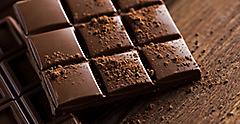
The Fight For Flavor
While the machinery led to improvements on what could be produced, including the first solid chocolate bar created by Fry's of Bristol in England in 1847, other developments weren't as wonderful. With the rise of candy bars, cacao and its nuanced flavors (including coffee, wine and red fruits) took second place to ingredients like milk, sweeteners and vegetable fat, which keep a bar solid even in high heat. Multinational corporations like Hershey and Cadbury looked for a way to bring down their prices and turned to commodity cacao, grown largely in West Africa.
Large-scale industrial chocolate production is about achieving homogenized standards. If that commodity cacao is moldy (and it often is), or it hasn't been properly fermented to bring out the bean's flavors, that's all dealt with during processing. A large-scale factory will usually over-roast the beans, highly refine the cacao for a smooth mouthfeel, and add ingredients during processing to help enhance the overall flavor.

A World Of Difference
For George Gensler, chocolate expert and founding member of the Manhattan Chocolate Society, one of the charms of craft chocolate is that the terroir, or the environment of the beans, may change from harvest to harvest, resulting in chocolate that reflects those differences. This includes variations in the soil and weather.
"You can buy the same bar from a craft or artisan maker from year to year and taste entirely different flavors, much like wines change from harvest to harvest," she says.
It's that variation in flavor, the lack of overproduction of the chocolate and its purity that have led to a surge in its popularity.
Book Now
Craft Chocolate Ports Of Call
On your next vacation, uncover the cream of the chocolate crop by visiting bean-to-bar makers. From high-end chocolate shops in sophisticated cities to scrappy, small plantations in the Caribbean that grow their own cacao and make their own chocolate, there's literally a world of fine chocolate to discover. Here are some visit-worthy stops to add a sweet touch to any trip.
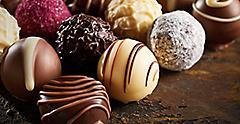
Spain
It's fitting that we start in Spain, the historic entry point for chocolate in Europe. Barcelona, for example, is a city that loves chocolate. Stylish boutiques and shops offer everything from cups of suiza (a luscious hot chocolate with whipped cream dolloped on top) to craft bars, bonbons and chocolate pastries. A stop at the shop Cacao Sampaka should be on your itinerary. Partly owned by pastry chef Albert Adrià (brother of Ferrán), this stunning shop and café offers flights of bonbons. Savor some of the Grand Cru bars from around the world that tell the tale of the cacao beans' terroir. The more adventurous should try a gin-and-tonic-infused chocolate bar.
You'd be remiss if you missed multi-award-winning pastry chef Oriol Balaguer's fabled boutiques in either Barcelona or Madrid. Winner of the "Best Dessert in the World" award, Balaguer's impressive chocolate works often mimic architectural masterpieces and shapes like those of Basque architect Eduardo Chillida. His signature small, pod-shaped cacao bonbons include whimsical flavors like salted corn and carbonated candy.
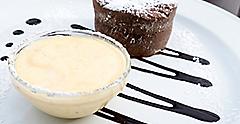
France
In the 1700s, King Louis XV ordered his palace staff to prepare pots full of hot chocolate in Versailles. It was around that time that the Bonnat family started to become interested in the world of chocolate. Years later, by the end of the nineteenth century, patriarch Felix founded Maison Bonnat in Voiron. Felix's confections, including his Pavés de Voiron (cubed chocolate fondants), became all the rage in Paris. Today, their sweets are sold all over the world. The company is also known for inventing and producing excellent Grand Cru chocolates, which are single-origin cacao bean-made bars. If you're in Voiron, go to the Bonnat Shop for the classical charm, featuring recipes dating back to Felix's time. In the tea room, you can partake in luxurious chocolate drinks, chocolate-laced pastries and other delights.
Chocolaterie A. Morin in Donzère is a fourth-generation family business that started making bean-to-bar chocolate in 1958. Successive generations have spent years cultivating relationships with cacao growers around the world in order to create their line of award-winning, single-origin chocolate bars. From creamy, nutty, red-berry-nuanced Venezuelan Porcelana to Jamaique Marvia bean-based bars that taste of yellow fruits and vanilla undertones, A. Morin has something for just about every palate.
Heading beyond the southeast of France? You'll find many stellar chocolate makers throughout Europe that use the A. Morin couverture chocolate to enrobe truffles, or as the base for their own bar creations.
Iceland
In Iceland's capital city of Reykjavik, childhood friends Kjartan Gíslason and Óskar Þórðarson took on the challenge of turning cacao beans from around the world into something special. In 2013, they started experimenting with small batches and got positive feedback from family and friends. Working out of a converted gas station, the team at Omnom Chocolate, as they call their company, uses Icelandic milk in their International Chocolate Award-winning creations. Try their Nicaragua 73% bar with complex tasting notes of earthy mushroom, red wine, red fruits and rye bread. If you're a black licorice fan, their crunchy malt balls, coated in a licorice-flavored chocolate and sea salt, are a must-try.
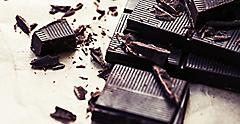
Grenada (Via The UK)
The Grenada Chocolate Company's solar-powered factory and organic farm is about an hour outside of St. George's. Mott Green, Doug Browne and Edmond Brown founded the farm in 1999. They were pioneers, as the first to create "tree to bar" chocolate, and also employed locals by creating a farmers cooperative, which helped bolster the economy in their corner of the island.
Apart from helping the local economy, their efforts have continued to pay off in numerous ways. They produce award-winning, fine dark chocolates made from rare Trinitario beans, which taste intensely fruity and are grown nearby in the island's lush, pristine rainforest. You can visit their factory and bonbon shop if you're on the island, where you'll be able to pick up a bar with whatever level of cacao intensity you prefer.
If you're in the UK, visit Rococo Chocolates in London, where the two have teamed up to produce beautiful single-origin "tree-to-bar" small-batch chocolates.
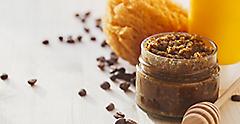
St. Lucia
About an hour from Castries near the Piton Mountains sits the Hotel Chocolat, an adults-only, boutique hotel where chocolate dominates the senses. The hotel owns the 250-year-old Rabot Estate, which grows quality cacao beans like Trinitario and produces its own bars and cocoa-enriched products. Fortunately, these are available to non-guests as well. In the terroir section of the plantation, the estate cultivates single côte chocolate: the Rabot Estate Marcial 70% dark. They call this bar a "broodingly powerful chocolate tablet with notes of Shiraz wine, antique oak, roasted cocoa and stewed spiced plums."
In addition to enjoying the estate's chocolate bars, you can also: partake in one of the various cacao-themed experiences that encourage guests to get up close and personal with cacao in their sustainable grove; witness the process of taking cacao to chocolate; and perhaps create your own, personal bar using the estate's own beans. If you prefer, you can enjoy cacao in lotion form as part of your deep body rub, or crushed into coconut oil for an all-over exfoliation treatment in the hotel's luxurious, cacao-themed spa. Either way, breathe in deeply and you'll get aromas of raw cacao around every corner of this peaceful retreat by the water.
Wherever you decide to vacation, you'll likely find a maker of fine, craft chocolate. It's easier now than ever before to access small-batch chocolates made with single-origin beans, using a world of flavors. From creamy, nutty milk chocolates to dark chocolates bursting with ripe, tropical fruits and coffee, there's something for every palate or preference. Bon appetit and bon voyage!


